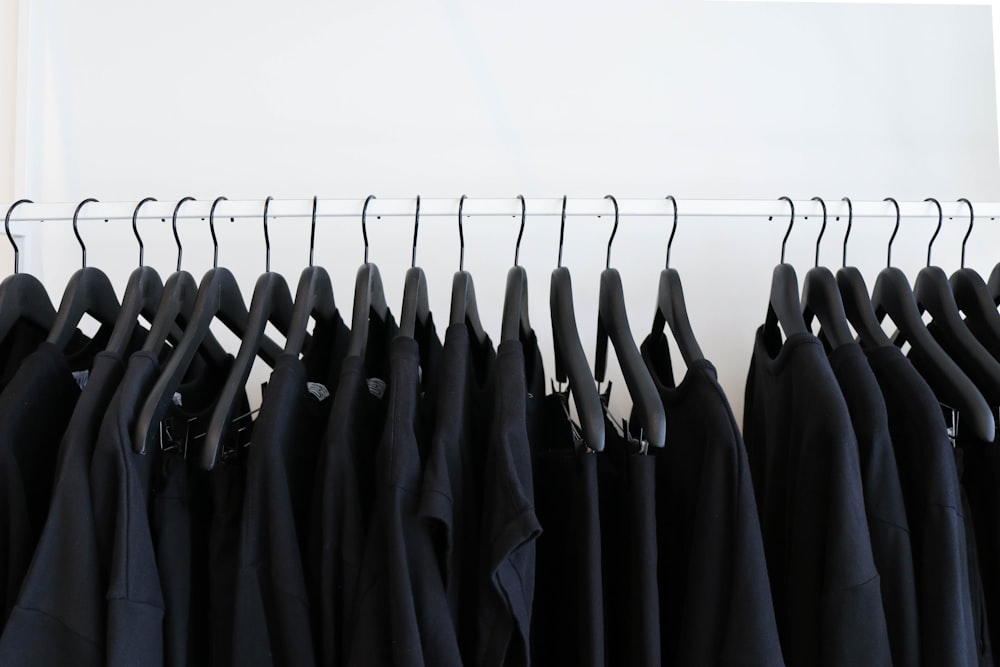Color Theory in Menswear: A Comprehensive Guide

Understanding color theory is crucial for creating harmonious and stylish outfits. This guide will help you master the art of color coordination in menswear.
1. The Color Wheel
The color wheel is the foundation of color theory.
- Primary colors: Red, blue, yellow
- Secondary colors: Green, purple, orange
- Tertiary colors: Combinations of primary and secondary colors
2. Color Relationships
Understanding color relationships helps in creating cohesive outfits.
- Complementary: Colors opposite each other on the wheel
- Analogous: Colors next to each other on the wheel
- Triadic: Three colors equally spaced on the wheel
- Monochromatic: Various shades and tints of one color
3. Neutral Colors
Neutral colors are the backbone of a versatile wardrobe.
- Black: Formal and slimming
- White: Clean and crisp
- Gray: Versatile and sophisticated
- Navy: A menswear staple
- Beige and brown: Earth tones for a natural look
4. Color and Skin Tone
Choosing colors that complement your skin tone can enhance your appearance.
- Cool skin tones: Blues, greens, purples
- Warm skin tones: Reds, oranges, yellows
- Neutral skin tones: Can wear most colors
5. Seasonal Color Palettes
Adapting your color choices to the seasons can keep your style current.
- Spring: Light and bright colors
- Summer: Pastels and light neutrals
- Fall: Rich, warm earth tones
- Winter: Deep, rich colors and stark contrasts
6. Color in Formal Wear
Understanding color use in formal settings is crucial.
- Black tie: Black and white are standard
- Business formal: Navy, charcoal, and black suits
- Business casual: More flexibility with color, but still conservative
7. Using Color to Create Contrast
Contrast can add visual interest to your outfits.
- Light vs. dark (e.g., white shirt with navy suit)
- Warm vs. cool colors
- Bright vs. muted tones
Applying Color Theory to Your Wardrobe
Tips for incorporating color theory into your style:
- Start with a neutral base and add pops of color
- Use the 60-30-10 rule: 60% dominant color, 30% secondary color, 10% accent color
- Experiment with different color combinations in casual settings
- Consider the message different colors convey in professional settings
For more advice on building a versatile wardrobe, check out our guide on building a classic wardrobe.
Conclusion
Mastering color theory in menswear allows you to create harmonious, stylish outfits that enhance your appearance and convey the right message. By understanding color relationships, considering your skin tone, and adapting to different settings and seasons, you'll be able to use color confidently in your wardrobe.
For more in-depth information on menswear, explore our blog and other style guides.